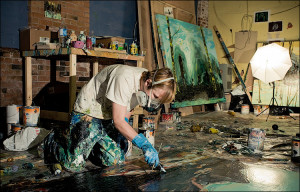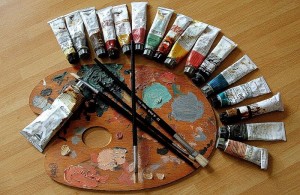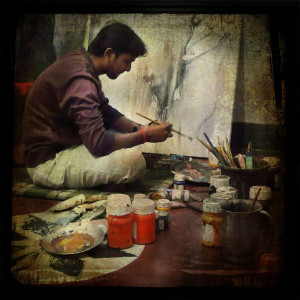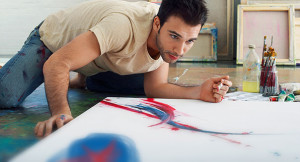For many individuals dealing with addiction, traditional therapy methods are often not enough. In spite of rigorous and sustained engagement in counseling, patients may still find themselves struggling to make the lifestyle changes needed to stay sober and healthy. Fortunately, there are additional tactics that can be employed to aid in breaking destructive habits and promoting lasting recovery. Arts therapy is one approach that can be tremendously useful in helping sufferers confront and move past their addictions.
Arts therapy is a form of psychotherapy that brings together creative expression, psychological reflection, and therapeutic dialogue to help clients better understand and manage their mental health issues. Arts therapists are trained to use a variety of mediums to explore and express thoughts, emotions, and experiences, such as painting, drawing, music, or theatre. These activities offer the space to develop healthier means of communicating and relating to oneself and to the world around. This self-exploration and reflection can be a unique and effective way to unearth deep issues that may be lurking below the surface of a patient’s consciousness, or to understand the thought processes that lead to addictive behaviors.
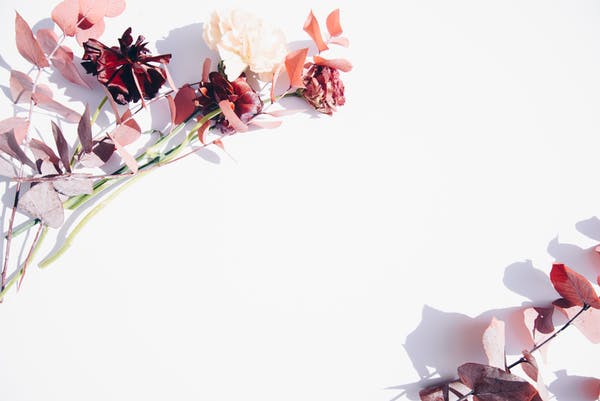
The strength of arts therapy in helping people with addiction is twofold. First, working with the arts can help to shed light on core issues underlying addiction, such as psychological trauma, depression, or unresolved conflict. Arts therapy activities create the opportunity for people to tap into often repressed feelings and perspectives and explore them in a safe, creative, and non-judgmental setting. Without this deep-level insight, it may be difficult for a person struggling with addiction to make and sustain a change in their behavior.
Additionally, the creative activities of arts therapy provide a balance to more cognitive-based therapies. While psychology serves as an important method of understanding the subconscious motivations and thoughts that lead to certain behaviours, focusing only on this side may not be the most effective strategy in the long-term. Creative expression is an excellent avenue to build the self-awareness, insight, and skills needed to recognize and ultimately break destructive addiction cycles. It allows individuals to use their bodies and minds together in a whole and meaningful way, engaging both the conscious and unconscious realms.
For example, this might involve the use of drawing to represent feelings of anxiety that precede a person’s urge to use drugs or alcohol. This kind of experience creates the potential to discover the nuance between feeling and action, thereby allowing the individual to make better decisions when faced with impulses. This in itself can help break the dependency on old, unhealthy habits. Moreover, choosing to express oneself through art — as opposed to trying to passively talk oneself out of an urge — can help to build self-trust and reinforce the notion that one is capable of handling difficult situations.
Arts therapy is becoming increasingly recognized as a powerful tool that can be used to help people struggling with addiction. By offering insight into the root causes of addiction, and by providing an alternative means of understanding and managing emotions, arts therapy can provide the extra support that an individual needs to make positive and lasting changes to their life. With its emphasis on creative self-expression, this type of therapy offers a unique and holistic approach to achieving and maintaining a healthy emotional, psychological, and physical state.
